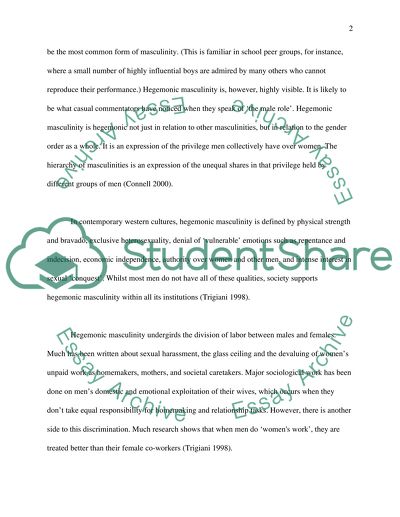Cite this document
(“Hegemonic Masculinity Essay Example | Topics and Well Written Essays - 2500 words”, n.d.)
Retrieved de https://studentshare.org/sociology/1515324-hegemonic-masculinity
Retrieved de https://studentshare.org/sociology/1515324-hegemonic-masculinity
(Hegemonic Masculinity Essay Example | Topics and Well Written Essays - 2500 Words)
https://studentshare.org/sociology/1515324-hegemonic-masculinity.
https://studentshare.org/sociology/1515324-hegemonic-masculinity.
“Hegemonic Masculinity Essay Example | Topics and Well Written Essays - 2500 Words”, n.d. https://studentshare.org/sociology/1515324-hegemonic-masculinity.


